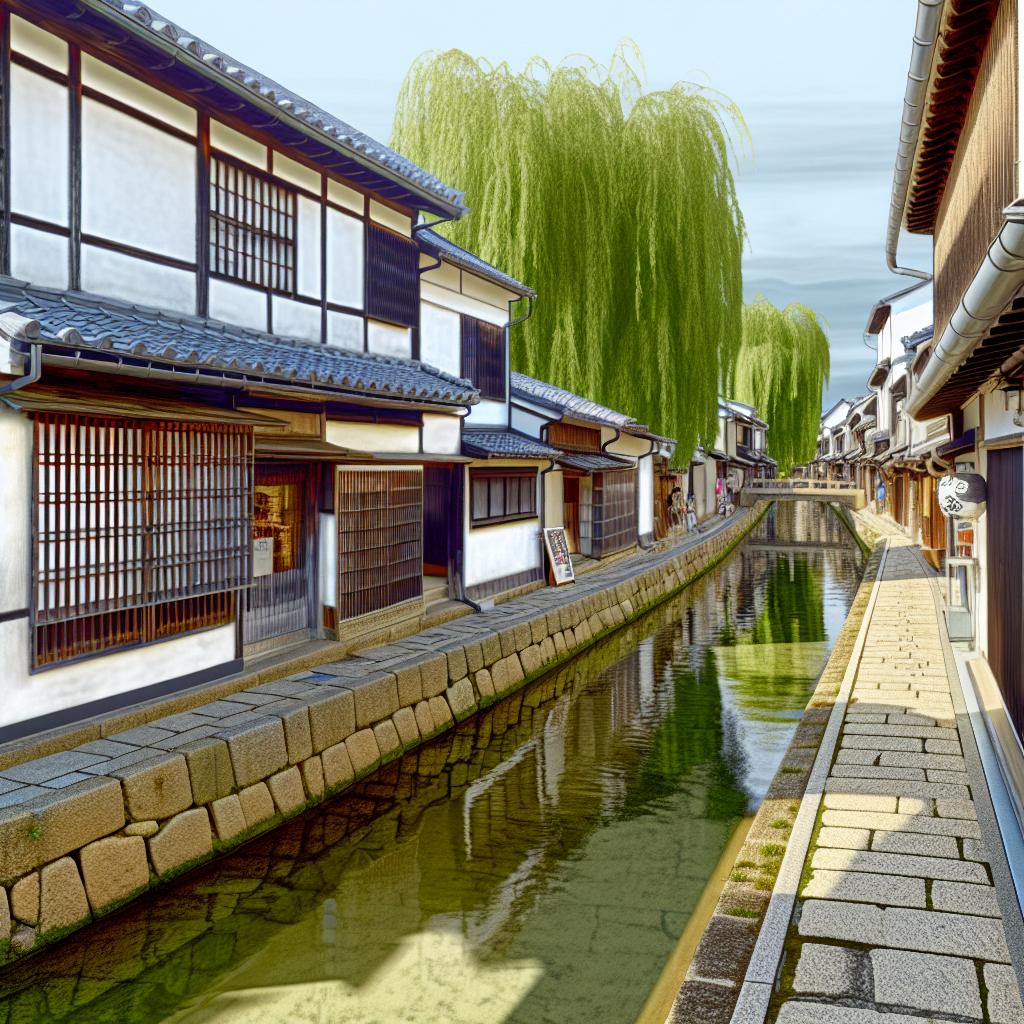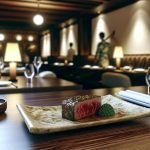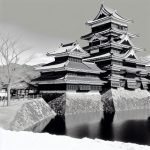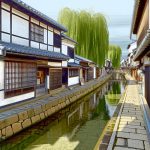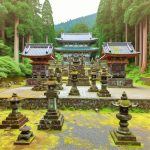Exploring Kurashiki’s Bikan District
Kurashiki’s Bikan Historical Quarter, nestled in the heart of the Okayama Prefecture in Japan, offers visitors a unique immersion into the country’s historical tapestry. Known for its pristine preservation of Edo-period architecture, this district provides an authentic experience that allows one to journey back through time and gain a deeper understanding of Japan’s architectural and cultural legacy.
Architectural Gems
Upon entering the Bikan Historical Quarter, one is immediately struck by the distinctiveness of its streets. The narrow lanes are lined with buildings that exhibit the traditional architectural style of the Edo period. The most striking features of these structures are their white plaster walls and black-tiled roofs, a characteristic style of the Kura. These traditional storehouses are not simply relics of the past but were central to Kurashiki’s economy. Historically, they functioned as storage spaces for essential goods such as rice, oil, and cotton, which were vital commodities in Japan’s feudal economy. In the present day, these storehouses have been ingeniously repurposed. They now accommodate a range of modern establishments including quaint shops, inviting cafes, and informative museums. This adaptive reuse not only preserves the architectural integrity of the district but also keeps it thriving as a center of commerce and culture.
Canal System
Another pivotal feature of the Bikan District is its historic canal system. This waterway was instrumental in the 17th century for the facilitation of trade within the region. It acted as a vital conduit for the transportation of goods, ensuring that Kurashiki remained a bustling hub of activity. Today, the canal serves a more scenic purpose. Its banks are gracefully lined with willow trees, creating a picturesque environment that captures the essence of tranquility and beauty. For those keen on a more in-depth exploration, seasonal boat tours are available. These tours offer visitors the chance to view the district from a unique vantage point, allowing them to appreciate the elegance and historical significance of the canal structure.
Museums and Art
The Bikan District is enriched culturally not only by its architecture but also by its significant contributions to art and museums. An exemplar of this is the Ohara Museum of Art, a pioneering cultural institution established in 1930. It holds the distinction of being Japan’s first museum dedicated to Western art, showcasing works by renowned masters such as El Greco and Monet. The significance of the museum extends beyond its Western art collection as it also boasts impressive collections of Asian and modern art, providing a comprehensive view of global artistic heritage. Those interested in exploring the ongoing exhibitions or planning a visit can find additional details on the museum’s official site: Ohara Museum of Art.
Culinary Delights
The sensory experience in Kurashiki’s Bikan District is not limited to the visual and intellectual. The area is a culinary haven, offering a diverse range of gastronomic delights. These range from traditional Japanese eateries that serve age-old recipes, to modern dining establishments presenting innovative dishes. A standout experience is dining on bizen-yaki pottery. These specially crafted pottery dishes add an intriguing aesthetic element to the dining experience, enhancing the visual appeal of the delicacies served.
In summary, a visit to Kurashiki’s Bikan District unveils a vibrant mélange of historical, cultural, and culinary experiences. This charming district serves as a portal into Japan’s rich historical heritage while simultaneously offering contemporary joys through its shops, art, and cuisine. Its exquisite blend of past and present makes it a distinguished destination for those with an interest in Japan’s architectural and cultural evolution.

